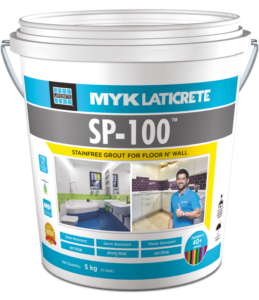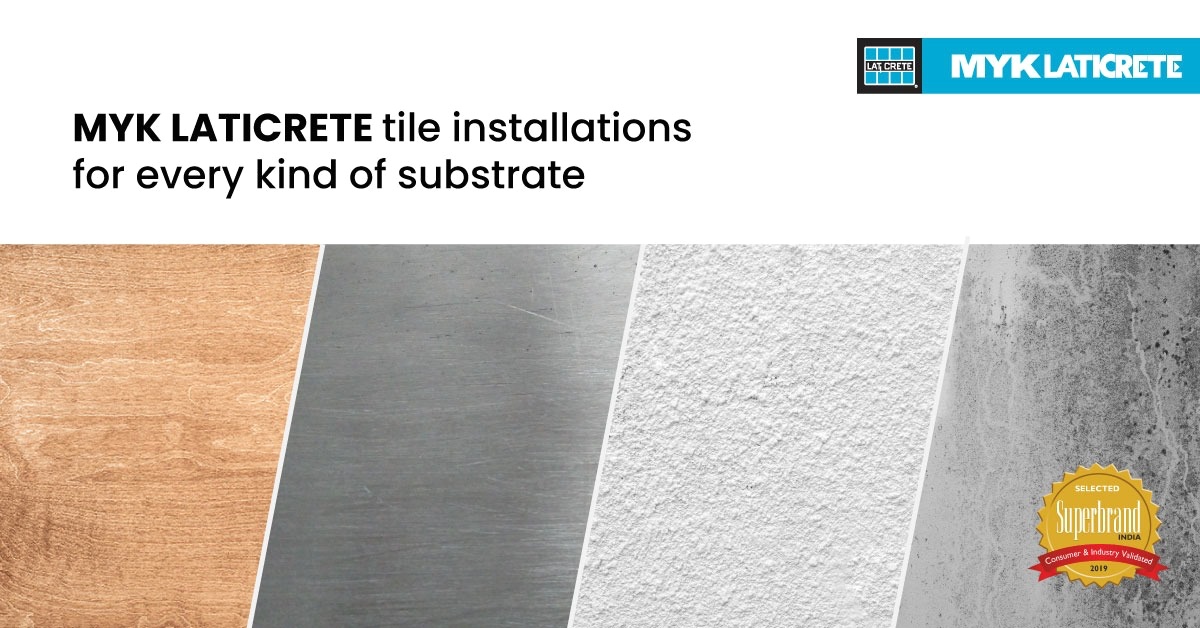Every tile fixing project has three main components: the tile itself, a solid, levelled out base or the substrate, and the tile adhesive. The efficiency of adhesion depends on these three in equal measure. But narrowing down on the tile and the tile adhesive is largely hinged on the substrate. However, each substrate is more different than the next one in terms of the:
• Material
• Surface roughness
• Stability and durability
• Conditions of flatness/evenness
• Chemical compatibility
• Sensitivity to dampness and water
• Substrate shrinkage possibilities
As a result, no two tiling installations are the same unless the intrinsic characteristics and the materials of the substrates remain identical. In the old days, a thick bed of mortar was the most common substrate but the consideration list has expanded to include everything from floorboards to tile-backer boards to existing tiles to sand: cement screeds to steel to fiber glass to bricks and other substrates. Not all these substrates are acceptable to receive all kinds of tiles and stones and some might even require prepping. For instance,
- Installing a tile over an existing tile might require roughening up the base tile to provide a better grip and warrants the need of a high strength adhesive such as the LATICRETE 252, a one-step, polymer fortified mortar that has superior flexibility and unparalleled adhesion
- Tiling over plasterboard in indoor wall surfaces may require waterproofing of the substrate since plasterboards are highly absorbent. It also entails the use of an adhesive that is water-resistant such as the LATICRETE DWA 215, a modified Polyurethane adhesive
- Tiling over wood means that the tiles and the adhesive are subject to a substrate that will warp/expand when wet, leading to the formation of huge stresses between the tile and the substrate which can lead to debonding or fracture of tiles
- Since metal substrates tend to be extremely smooth, they practically do not allow for mechanical key to hold tiles on them. Both wood and metal necessitate the use of adhesives such as the LATICRETE PUA 212, a two component, modified Polyurethane adhesive that is highly elastic, thixotropic and can aid in laying tiles and stones on absorbent and non-absorbent substrates
Other substrates such as existing asphalt may contains oils that can make it difficult to adhere tiles and stones to. It is thereby mighty important to consider all these factors seeing as the adhesive that will be required will differ. MYK LATICRETE has consequently designed a line of tile adhesives that are flexible enough to work on everything from cement to metal, across residential, commercial and industrial applications. As a result, a lot of these products are formulated to be used where installations must resist shock, water, temperature changes, physical abuse, and mild chemicals. Referring to installation instructions as per the manufacturer is best practice when it comes to installing tiles over any kind of substrate and can go a long way in ensure the tile job lasts for a long time to come.






